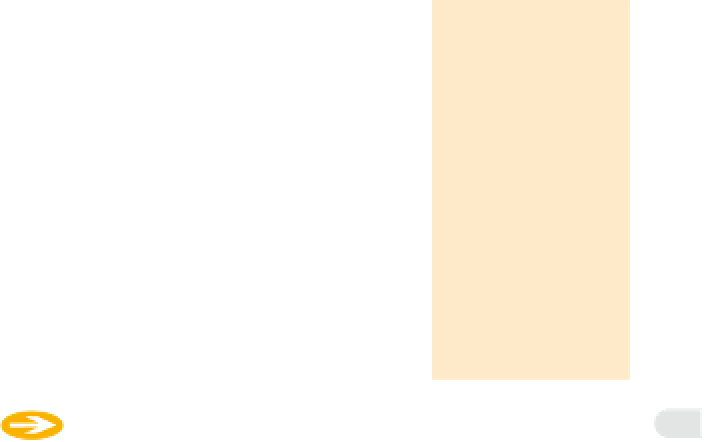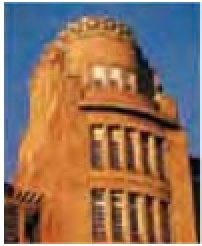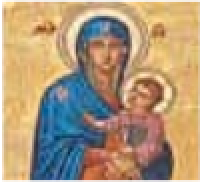Travel Reference
In-Depth Information
5
Plan of
Wenceslas
Square
Communist
Memorial
In front of St Wenceslas
is a memorial to the
victims of Communism
(below)
, such as two men
who died in protest
against the Warsaw Pact
invasion in 1968.
q
M∞stek
JUNGMANNOVO
NÁM∑STÍ
9
M∞stek
q
8
6
4
7
0
3
Hotel
Evropa
It's gone to seed over
the years, but the Art
Nouveau building at No.
25
(below)
preserves its
original façade and some
original decor
(see p142)
.
q
Muzeum
2
1
Church of Our
Lady of the Snows
Founded by Charles IV
upon his coronation in
1347, this lovely church
(below)
was to have
been more than 100 m
(330 ft) long, but it was
never completed.
Svobodné slovo
Balcony
During the Velvet
Revolution
(see p35)
,
Václav Havel addressed
pro-democracy demon-
strators from the balcony
of the
Svobodné slovo
newspaper building. When
the deposed Alexander
Dub≤ek joined him, the
crowds knew that
Communism was over.
St Wenceslas
Hanging in the
central passage of the
Palác Lucerna is David
≥ern†'s take on the Czech
patron saint. Vandals
repeatedly remove the
horse's tongue.
Franciscan
Gardens
A stone's throw from the
bustle of Wenceslas
Square, these former
monastery gardens
provide much-needed
peace from downtown.
Palác Lucerna
President Václav
Havel's grandfather
designed and built this
immense building on the
square's western flank. It
is now home to an art
gallery, cinema, cafés,
shops and a ballroom.
Historic
Demonstrations
Wenceslas Square saw
its first demonstration
in 1419 when Catholic
reformer Jan Δelivsk†
led a procession to St
Stephen's Church. On
28 October 1918 the
area witnessed Czecho-
slovak independence. In
1969, Jan Palach set
himself on fire here to
protest against the
Soviet occupation. It is
still the scene of protests
and victories today.
Palác Koruna
Built in “Geometric
Modernist”style in 1912,
this “palace”
(right)
became home to Turkish-
style baths. Sadly, in
1997, it was taken over
by a less romantic branch
of Dunkin' Donuts.
31























